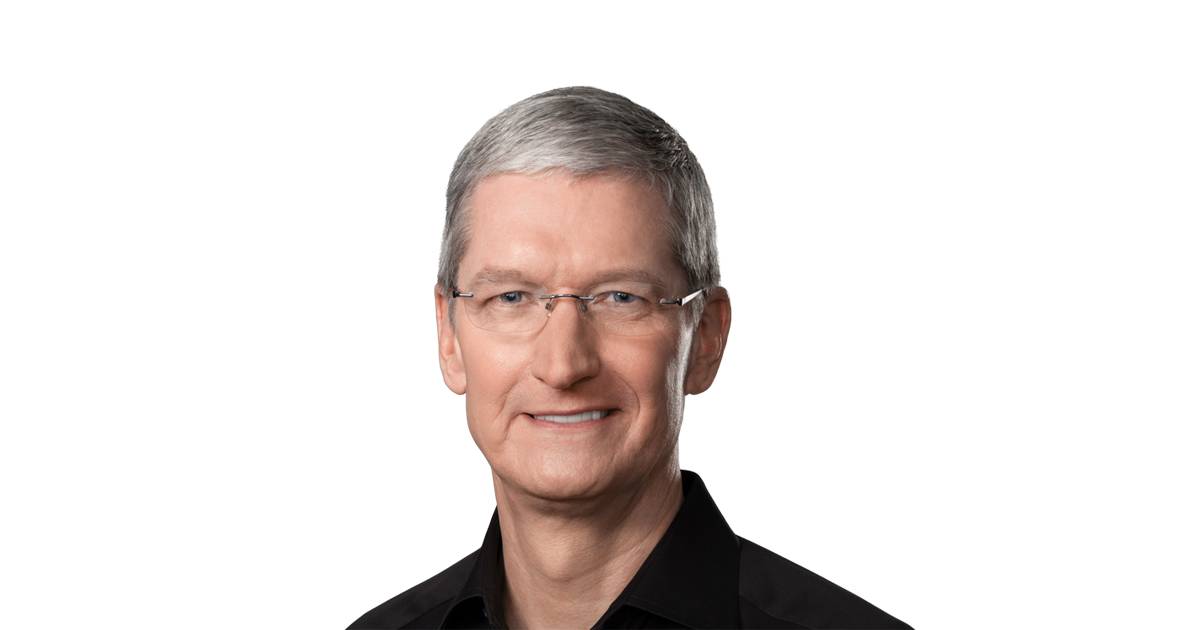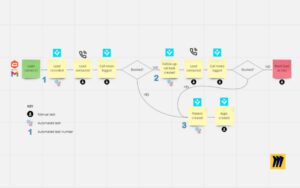The Personal Development Blog

The Surprising Wake-Up Times of Top CEOs
You often hear that success begins before sunrise. But is waking up at 4:00 am truly the key to being productive? Some business leaders swear by early starts. Others think rest is key for high performance.
This blog looks at the morning routines of top CEOs and shares their wake-up times. No matter if you’re an early bird or a night owl, you’ll find many ways to improve your mornings and create productive habits.
Why Wake-Up Times Matter (But Not As Much As You Think)

Rising early is often equated with discipline, energy, and focus. But the key isn’t just when you wake up — it’s what you do after.
Wake-up time ≠ productivity by default
Plenty of studies suggest that early risers tend to report higher levels of optimism and proactive behaviour. However, these traits don’t come from the time on the clock. They come from structure, intentional habits, and consistency.
Some CEOs perform best during late-night strategy sessions or early morning routines. They do this by aligning their schedules with their natural energy cycles.
Early Risers: CEOs Who Start Before the World Wakes Up
These CEOs are living proof that getting a head start can help shape the day with calm, clarity, and focus.
Tim Cook – Apple CEO

Wake-up time: 3:45 AM
Tim Cook is famous for his ultramarathon mornings. By 4:00 am, he’s already checking emails and reviewing product updates. This early rhythm gives him uninterrupted time to focus before meetings flood his day.
Key habit: Fitness is non-negotiable — he’s often at the gym by 5:00 am.
Indra Nooyi – Former PepsiCo CEO
Wake-up time: 4:00 AM
Throughout her leadership at PepsiCo, Indra Nooyi consistently rose before 5:00 am to start her day with reading, planning, and reflection.
Key habit: She maintained a rigorous routine that prioritised strategic thought before meetings.
Howard Schultz – Starbucks CEO
Wake-up time: 4:30 AM
Before running a global coffee empire, Howard Schultz runs his own schedule. He wakes early to fit in exercise and quiet time with his family.
Key habit: He’s in the office by 6:00 am, leading by example.
Anna Wintour – Chief Content Officer at Condé Nast
Wake-up time: 4:00 AM
Fashion’s most iconic editor begins her day with a pre-dawn tennis session — every single morning.
Key habit: Exercise, consistency, and early planning are her top priorities.
Discover the secrets behind analysing the first 30 minutes of a CEO’s day.
Not-So-Early Risers: CEOs Who Value Sleep Over Sunrise
Contrary to the early bird hype, many successful CEOs believe their edge comes from quality rest and tailored routines — not 4:00 am alarms.
Jeff Bezos – Amazon Founder
Wake-up time: Around 7:00 AM
Bezos is a vocal advocate of 8 hours of sleep. He starts the day slowly and avoids scheduling high-stress meetings early in the morning.
Key habit: He maintains what he calls “puttering time” — calm mornings without rushing.
Elon Musk – Tesla and SpaceX CEO
Wake-up time: 6:00 AM
Elon Musk wakes up just after 6:00 am — not unusually early by CEO standards. He skips breakfast and jumps straight into problem-solving.
Key habit: He prioritises high-focus work in the first hours after waking.
Sundar Pichai – Alphabet CEO
Wake-up time: Between 6:30 – 7:00 AM
Google’s chief likes to begin his day with quiet reflection and reading the news.
Key habit: Starting slow, with tea and digital updates, helps him ease into high-performance thinking.
What These Morning Routines Actually Reveal
So, what do these CEO morning routines have in common?
It’s not necessarily the hour of the morning — it’s the consistency, clarity, and intention behind how time is used.
Shared traits of successful CEO routines
- Time alone before others wake up: Whether at 4:00 or 7:00 am, CEOs carve out quiet time for themselves before the demands of the day begin.
- Physical activity: From gym sessions to morning walks or tennis matches, movement is a key productivity booster.
- Planning and strategic thinking: Many use mornings to review goals, set priorities, or catch up on reading.
- Minimal distractions: Early or late, successful leaders create a calm environment to make focused decisions.
Productivity Habits You Can Steal (Without Waking at 4 AM)
You don’t need to become a pre-dawn warrior to improve your mornings. Build habits that boost focus, health, and purpose, no matter your schedule.
Easy ways to start:
- Set a consistent wake-up time: Regularity is more effective than waking up earlier.
- Avoid your phone for 30 minutes: Start your day on your terms, not with notifications.
- Move your body: A short stretch or walk boosts circulation and mental clarity.
- Write down 3 priorities: Decide what truly matters today.
- Create a 10-minute calm ritual: Tea, reading, journalling — whatever helps you centre your thoughts.
Small actions build strong productivity habits that grow over time.
Your Ideal Wake-Up Time Might Not Be 5 AM — And That’s Okay
Sleep science supports the idea that not everyone thrives on the same schedule. Your ideal wake-up time should match your chronotype — your natural sleep-wake rhythm.
Quick chronotype guide:
- Lions: Naturally early risers — most productive before noon
- Bears: Standard 9-to-5 rhythm — alert during daylight hours
- Wolves: Night owls — peak creativity in the evening
- Dolphins: Light sleepers — do best with flexible schedules
If you’re a “wolf” trying to live like a “lion”, burnout isn’t far behind. Align your routine with your body, and you’ll perform better in the long run.
Master Your Morning, Your Way

Top CEOs have wake-up times that are quite human. There’s no ideal hour; it’s all about what suits you best. How you spend those early hours matters more than when you wake up.
You can create a routine that boosts your energy, focus, and long-term goals. Take inspiration from Tim Cook’s early 3:45 am start or Jeff Bezos’s relaxed morning ritual.
Start with one habit. Build momentum. Then design your own version of success.









